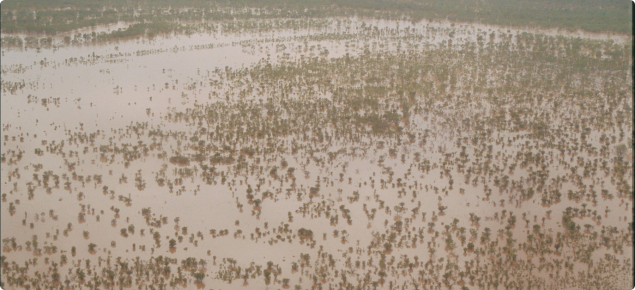Department of Fire and Emergency Services
The Western Australian Department of Fire and Emergency Services (DFES) is WA’s leading hazard management agency, and provides a range of safety related information, including how to create survival plans, and plan for the safety and welfare of livestock.
The website also provides access to publications relevant to:
- preparation
- taking action
- recovery
- what to do following home and property damage
- travelling and cyclone/storm warnings
- other resources, such as using a cyclone tracking map
- emergency and support contact numbers.
Preparedness
Landholders who are prepared for natural disasters are more likely to preserve life and property. They will also minimise recovery time and resume production faster.
DPIRD suggests that farmers take the following actions if they are in a flood or cyclone prone area:
- Prepare a current inventory of livestock, infrastructure, equipment and supplies.
- Check, and fix if necessary, that all buildings and infrastructure meet design guidelines for cyclones or storms in the area.
- Map flood risk areas and build suitable flood diversion structures.
- Have alternative power, communication, water and food supplies in the case of being isolated.
- Have a plan for escape if needed.

